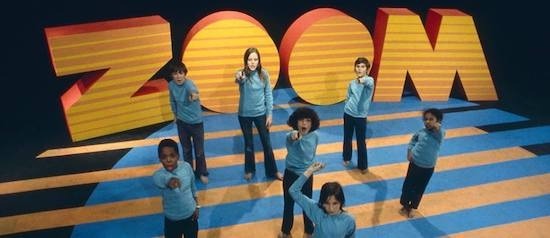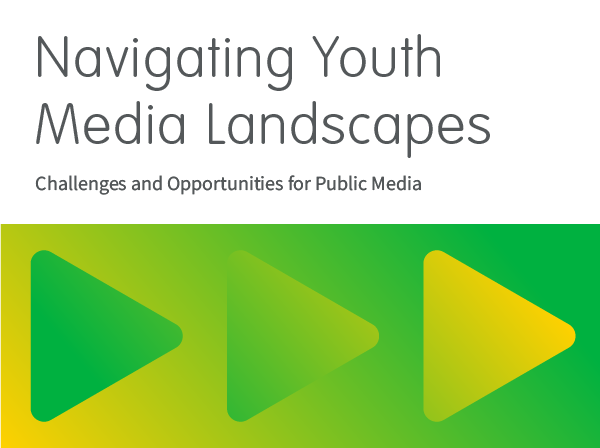Unlike kids in the 70s, tweens and teens today are posting, dancing, and streaming across platforms from TikTok to Twitch. They have no interest in being corralled to discrete brands or destinations. They enjoy a banquet of high-quality digital offerings that are ready when and where they are. And they’re always one step ahead of us.
While just about everything has changed in terms of media consumption, something essential has not: kids’ curiosity and desire for agency. The Corporation for Public Broadcasting (CPB) has recently re-committed itself—and challenged public media to create—content “by, with, and for” tweens and teens. At GBH, we have been doubling down on and exploring new platform opportunities including YouTube, Twitch, and Alexa Skills for our long-standing televised High School Quiz Show academic competition and digital-first projects including Career Hacks, a YouTube series that provides advice to young people entering the workforce. But to consistently get it right, we’d all do well to turn around and look back. The approach of the 1970s blockbuster show ZOOM hints at a successful path.

The threads we can continue to pull on, regardless of the platform and in spite of the challenges, are those that inspired the producers of ZOOM: meet young people where they are, create space for their voices to be uplifted and heard, and ensure that we stay true to the inclusive principles and mission of public media.
A weekly series for 7—12-year-olds, ZOOM was created by GBH in Boston and broadcast weekly on PBS. Its innovative and improvisational format, keen sensitivity to the needs of the underserved, and exuberant embrace of diversity and inclusion made it a media sensation. ZOOM had done something truly novel—it gave a cast of real kids (not actors) and viewers unprecedented agency to mold and shape content to match their interests, meet their needs, and to celebrate their stage and place in life.
As Chris Sarson, the creator and executive producer of the series, says, creating high-quality media for kids means the same thing today as it did then: providing an environment to learn rather than designing explicitly to teach.
ZOOM viewers saw themselves and their lives reflected through cast members and content. They became devoted fans and idea generators, sending thousands of letters a week to GBH. Many of those fans, even today, passionately recall the impact ZOOM had on their lives.
Why? Because the program was theirs. Before the first broadcast, producers had spent more than a year watching, talking with, and learning from kids about what they wanted the show to be. GBH asked kids across the country for ideas, and they poured into the station: Experiments, physical challenges, activities, plays, and jokes. The producers assembled a homegrown, diverse, enthusiastic cast and let the cameras roll. As Sarson explains, they were provided with direction—but not a script. Using prompts like, “Here’s where you should ideally start and end… how you get there is up to you,” the young people learned while they created. And their audience was with them at every step.
Ultimately, the series was not able to overcome the familiar obstacles in the public media system: a weakened federal funding stream, lean economic times, and competing local and national priorities. ZOOM was canceled at the height of its popularity.
Public media can have renewed success with this audience if we (1) shift the power dynamic from adult to kid to ensure young people have agency, and (2) develop the capacity to unlearn what we know (or think we know) so we can hear and respond to the audience’s authentic needs and opinions. It’s all there in the ZOOM formula: take the time to watch, listen to, and learn from kids of all ages, circumstances, and abilities about what they want the media to be.
 Hillary Wells, WGBH Executive Producer and Director of Youth Media has over 30 years of experience amplifying the youth voice through the creation, development and production of multi-platform, multi-partner local and national media series and events. Hillary is currently focused on general audience short form video and podcast content creation for youth and young adults with a particular focus on civil discourse, civic engagement and career readiness.
Hillary Wells, WGBH Executive Producer and Director of Youth Media has over 30 years of experience amplifying the youth voice through the creation, development and production of multi-platform, multi-partner local and national media series and events. Hillary is currently focused on general audience short form video and podcast content creation for youth and young adults with a particular focus on civil discourse, civic engagement and career readiness.


